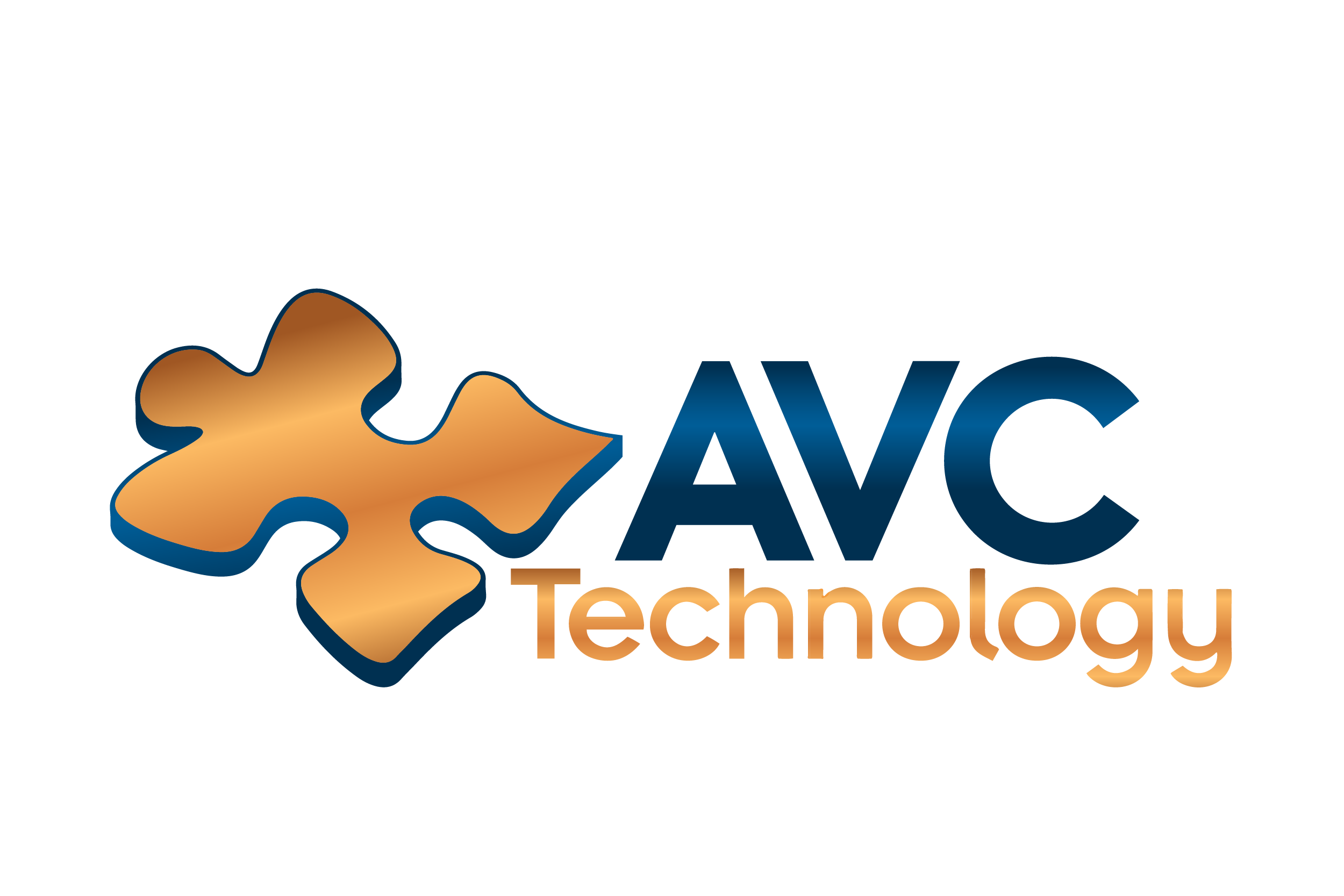How To Put Generative AI To Work For Your Library
The rapid evolution of AI over the past year has been nothing short of revolutionary, particularly generative AI – technologies that generate text, images, video, 3-D models, and even code – which saw a breakout year in 2023. In ChatGPT’s first month, it amassed 57 million users, making it the fastest-growing consumer application in history, according to research from investment bank UBS.
Despite its popularity, there’s an undercurrent of uncertainty among some library directors. Many are asking big questions: What’s the real deal with AI (beyond all the buzz)? How do I actually get it to work for my library? How do we use this responsibly and keep our patrons’ data safe?
The key to navigating these questions is all about experimenting with AI, focusing on the big wins it can bring to the table, and learning best practices for using the technology responsibly.
What AI Can Do For Your Library
Libraries using generative AI tools today are already seeing significant benefits. According to a 2023 survey by ResumeBuilder, organizations using ChatGPT have saved substantial amounts of time and resources. Generative AI tools like ChatGPT, Claude, and DALL·E are popular because they’re affordable (subscriptions run around $20 per user/month) and effective. Their versatility allows them to take on many valuable roles within the library setting, such as enhancing user services and streamlining internal processes.
More ways AI can go to work for your library:
- Content Creation:Tools like ChatGPT and Claude can create newsletters, blog posts, and social media content, ensuring a consistent voice across all channels. They can also analyze thousands of online resources to craft program descriptions, write grant proposals, and draft policy documents.
- Information Summarization:Generative AI can distill lengthy reports, articles, and documents into concise summaries, making it easier for staff and patrons to grasp key points quickly.
- Personalized Services:Generate tailored reading recommendations or personalized email campaigns to enhance patron engagement and satisfaction.
- Program Innovation:Leverage AI to analyze patron feedback and market trends for new program ideas or improvements, speeding up innovation.
- Data Analysis:Employ AI for deep data analysis, uncovering insights into patron behavior, operational efficiencies, and community needs.
- Automate Routine Tasks:From scheduling to cataloging, AI can automate repetitive, time-consuming tasks, such as drafting meeting summaries or generating reports, allowing staff to focus on strategic work.
AI Best Practices
While AI can dramatically enhance efficiency and creativity, there are best practices to ensure its use is both effective and ethical:
- Never Share Sensitive Information:To protect privacy, avoid using personally identifiable information (PII) or protected health information (PHI) with AI tools. Assume anything that you input into ChatGPT is public information.
- Verify and Review:AI is a powerful tool, but it’s not infallible. It can sometimes inherit biases from training data or generate fabricated or incorrect answers. Always review its outputs as you would a human co-worker’s work.
- Experiment:The best way to understand AI’s potential is to experiment. Start small, like using ChatGPT prompts to write a social media post. As you gain confidence, integrate generative AI in places where it can add the most value, like automating routine tasks, enhancing creative processes, or improving decision-making with data analysis.
The Consequences Of Ignoring AI
AI isn’t coming – it’s arrived. Driven by billions in investment and some of the brightest minds on the planet, it’s reshaping the landscape in ways we’re only beginning to understand. Choosing not to integrate AI into library operations would be like refusing to use e-mail in the 1990s. Without it, you might soon find yourself in a world you don’t know how to work in.
Instead of viewing AI as a looming threat, see it as an opportunity to tackle old problems with novel solutions. Yes, AI is changing the playbook, but it’s also empowering us to deliver extraordinary value to our patrons in new ways, dream bigger, and achieve m
